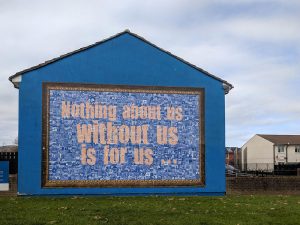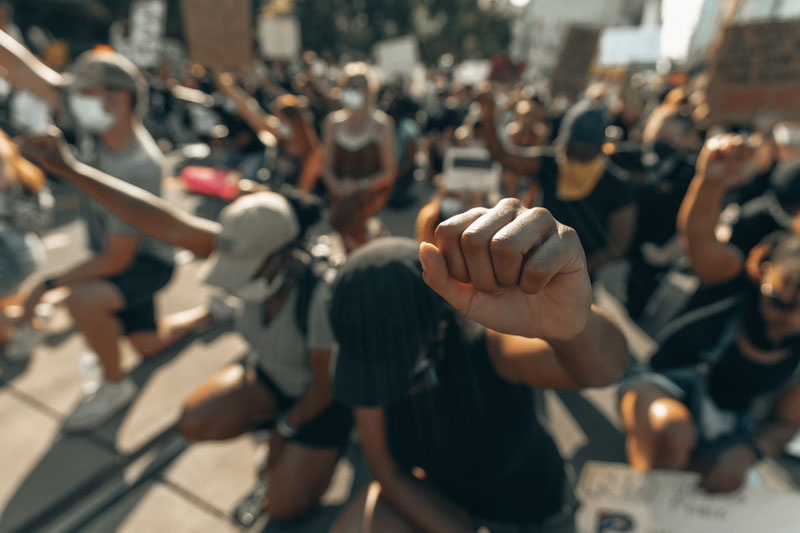
July 13, 2019; Columbus Dispatch
We love the title of a study issued by the United Way of Central Ohio in Columbus. It’s called More Like US, and it is a writeup of the organization’s own survey of board members of their affiliate agencies. It finds, as have many before and around it in this sector, that board members are disproportionately white, but then it adds an analysis we think is worth highlighting—namely, the reason boards don’t see a problem with their lack of diversity is because they are not diverse in the first place.
Here is what the report says:
Perhaps the most disconcerting realization is the majority of people currently serving on boards of trustees are those who see fewer problems. Most respondents believed their organizations tried to create diverse and inclusive boards; however, a disconnect appears among demographic groups. More men than women believed their organizations intentionally practiced board diversity and inclusivity. The same held true among White people and racial and ethnic minorities. Heterosexual respondents also more likely perceived positive intentions over LGBTQ+ counterparts.
Thus, these boards need some kind of accountability committee to see and address the problem at its core: the problem of not seeing that racial dominance is a problem.
Sign up for our free newsletters
Subscribe to NPQ's newsletters to have our top stories delivered directly to your inbox.
By signing up, you agree to our privacy policy and terms of use, and to receive messages from NPQ and our partners.
Before we go on, we want to state the definitions that were used in this study because we think they also were informative:
- Diversity: The full utilization of all human potential that includes difference leveraged to achieve organizational vision, mission and overall goals
- Inclusion: To manage an environment, organization, and/or people so that opportunity, interaction, communication, decision-making, and information demonstrate that diversity is valued.
This United Way does seem to get that there should be a purpose behind the effort, and that purpose has to do with voice and control over resources. After asking, it found that 65 percent of those responding—of whom 80 percent were white—made $150,000 or more a year. The proportion of those making that much in the community where this United Way is based? Ten percent.
So, returning to the title of the report, “More Like US,” might this be an answer to why the United Way is losing its traction in workplace giving nationally? Has it turned into yet another institution of the elite, lacking the insight to recognize its environment and what part of the problem it is itself?
This United Way will request that all of its partner agencies provide diversity data as a condition of funding, but many funding sources over many decades have required such reports, and some even pay a modicum of attention to them. Efforts like these, without the explicit intent to change power relationships and the locus for resource decision-making, serve to wallpaper over the basic problem of lack of representation that reduces our intelligence and makes us less able to address our communities’ issues in a connected way.
Will this next wave of pushes from philanthropy, which is no monument to racial justice itself, make a difference? Not without an approach that’s a lot more grounded and insistent. This report, however, holds some interesting observations.—Ruth McCambridge












